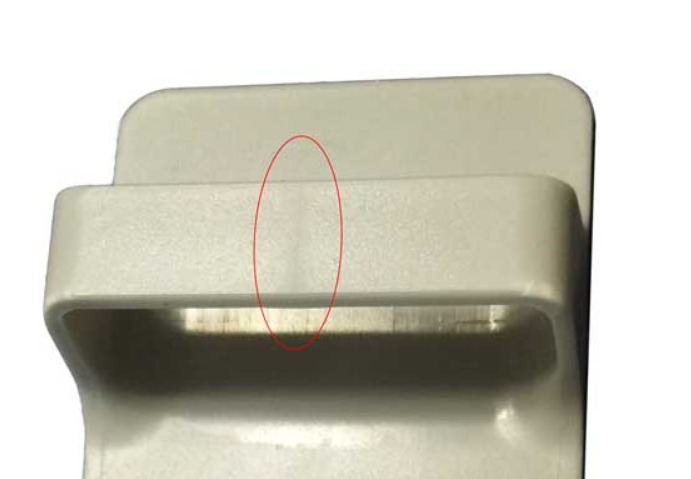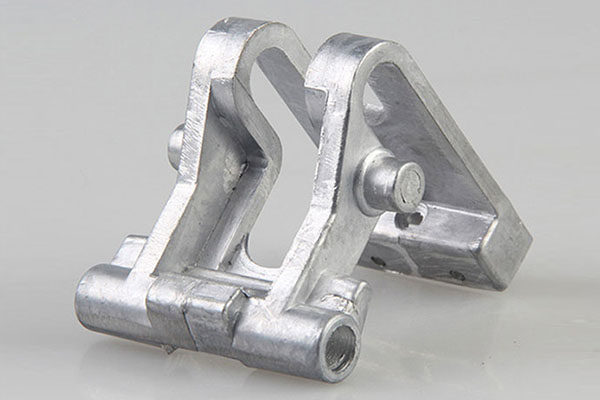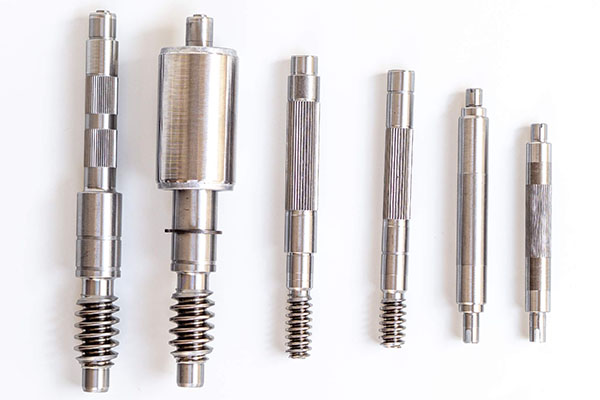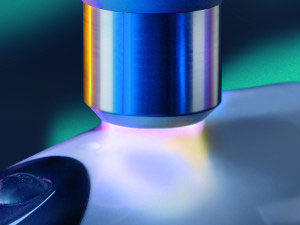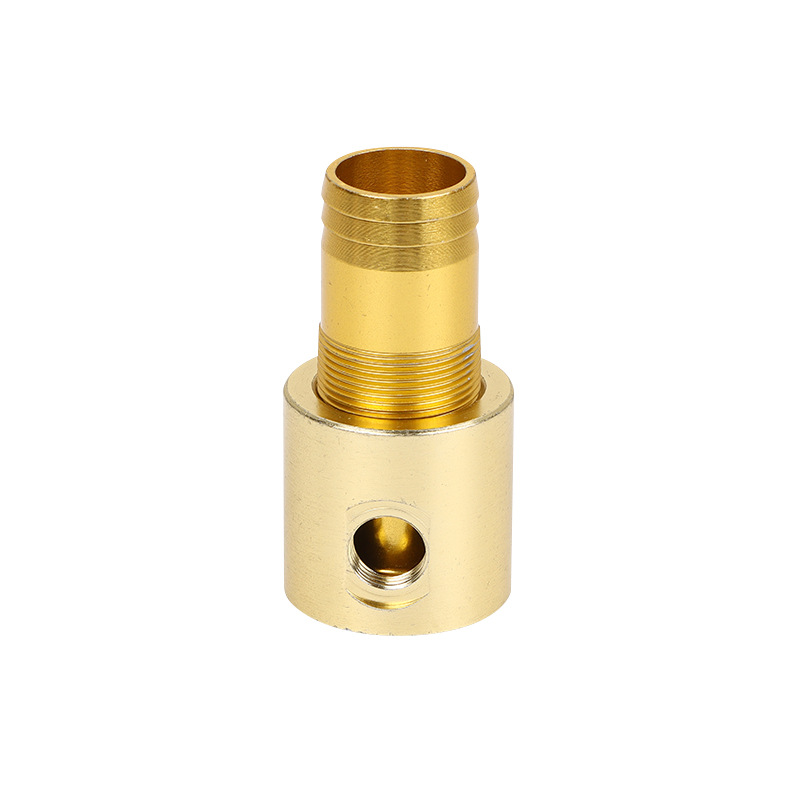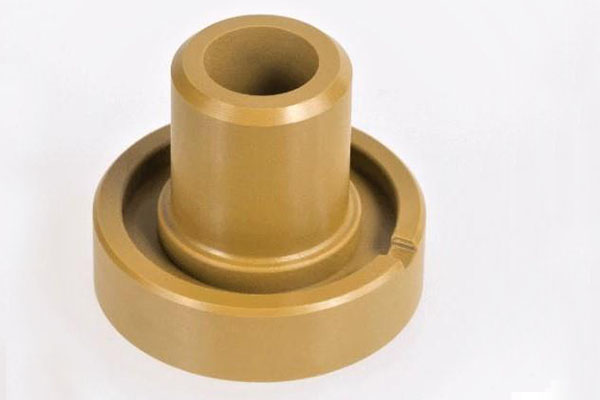Metal components face a constant threat: corrosion and poor coating adhesion. A steel bracket might rust within months of outdoor use, a car door panel could peel paint after a year, or a machine part might wear prematurely due to friction. These issues lead to costly replacements, safety risks, and damaged reputations. Traditional protective methods like painting alone often fail because the paint doesn’t bond well to smooth metal surfaces, leaving gaps where moisture and chemicals can seep in. What’s needed is a surface treatment that creates a protective layer and improves coating adhesion. This is where surface treatment phosphating excels. By forming a crystalline phosphate layer on metal surfaces through controlled chemical reactions, it solves these pain points—delivering long-lasting corrosion resistance and a perfect base for paints and coatings. In this guide, we’ll explore how phosphating works, its key types, properties, and how to leverage it for reliable metal performance.
Introduction to Phosphating
Phosphating is a chemical conversion process that transforms metal surfaces into a protective, porous layer—combining corrosion resistance with enhanced coating adhesion:
- Definition: Phosphating is a surface treatment where metal (primarily steel, iron, or zinc) reacts with phosphate-containing solutions to form a crystalline layer of metal phosphates. This layer bonds chemically to the substrate, acting as a barrier against corrosion and a mechanical anchor for paints, lacquers, or other coatings.
- Historical background: Phosphating dates back to the 1860s, when it was first used to prevent rust on iron parts. The process evolved in the early 1900s with the development of zinc phosphate formulations, which became standard in automotive manufacturing by the 1930s. Modern advancements focus on eco-friendly solutions with lower heavy metal content, complying with global environmental regulations.
- Basic principles: The process relies on a chemical reaction between metal ions (from the substrate) and phosphate ions (from the treatment solution). For example, steel reacts with zinc phosphate solution to form zinc iron phosphate crystals. These crystals grow outward from the metal surface, creating a porous layer that locks into subsequent coatings. The reaction is typically acid-driven, with pH levels between 2-5 to activate the metal surface.
- Industrial significance: Phosphating is used in 70% of steel and iron components across industries, from automotive to construction. The global phosphating market exceeds $3 billion, driven by demand for corrosion protection. It extends metal part life by 3-5x and reduces coating failure rates by 60% compared to untreated surfaces.
- Environmental considerations: Traditional phosphating used high levels of heavy metals like nickel and manganese, but modern formulations reduce or eliminate these. Wastewater is treated to remove phosphate residues (to <10 ppm) and heavy metals, complying with regulations like the EPA’s Clean Water Act and EU’s Water Framework Directive. Many facilities recycle rinse water to minimize waste.
- Comparison with other surface treatments: Phosphating offers unique advantages for metal protection:
| Feature | Phosphating | Galvanizing | Paint Alone |
| Corrosion Resistance | Good (with coating) | Excellent (standalone) | Poor (prone to peeling) |
| Coating Adhesion | Excellent (porous layer) | Poor (smooth surface) | Fair (needs priming) |
| Cost | Low to moderate | High | Low (but short-lived) |
| Thickness Impact | Minimal (2-50 μm) | Significant (50-200 μm) | Minimal (20-50 μm) |
Types of Phosphating
Phosphating formulations vary to meet specific performance needs, with different metal phosphates offering unique properties:
- Zinc phosphating: The most widely used type, forming a gray crystalline layer (2-20 μm thick) on steel and iron. It provides excellent corrosion resistance and adhesion for paints, used in 60% of automotive body panels and 50% of appliance parts. High-temperature versions (80-90°C) create denser crystals for heavy-duty applications.
- Iron phosphating: Forms a thin (1-5 μm) blue-gray layer on mild steel. It’s cheaper than zinc phosphating but offers lower corrosion resistance, ideal for indoor parts like furniture hardware or electrical enclosures where coating adhesion is the primary need.
- Manganese phosphating: Creates a dark gray to black layer (5-50 μm) with high hardness (300-500 HV). It’s used for parts requiring wear resistance, such as gears, bearings, and tooling, as it reduces friction and withstands lubricant breakdown.
- Mixed-metal phosphating: Combines zinc, nickel, and manganese to balance corrosion resistance and cost. These formulations are common in industrial equipment, offering 30% better salt spray resistance than standard zinc phosphating.
- Non-ferrous phosphating: Modified solutions for aluminum and zinc alloys, forming a thin (0.5-2 μm) layer that improves coating adhesion. Used in aerospace aluminum parts and zinc-plated hardware.
- Cerium phosphating: An eco-friendly alternative using rare earth metals, forming a protective layer on steel and aluminum. It offers comparable corrosion resistance to zinc phosphating without heavy metals, suitable for medical and food-grade applications.
Properties of Phosphated Surfaces
The properties of phosphated surfaces make them ideal for protective and functional applications:
- Corrosion resistance: Zinc phosphated steel with a paint topcoat withstands 500+ hours of salt spray testing (ASTM B117), compared to 100-200 hours for painted untreated steel. The phosphate layer acts as a barrier, slowing moisture penetration to the metal substrate.
- Wear resistance: Manganese phosphating reduces friction by 20-30% in sliding parts, extending bearing life by 2-3x. Its porous structure retains lubricants, preventing metal-to-metal contact.
- Adhesion: The porous phosphate layer “locks” into paints, adhesives, and powders, increasing bond strength by 200-300% compared to untreated metal. This is critical for automotive and appliance coatings, preventing peeling and chipping.
- Surface finish: Phosphated surfaces have a uniform matte texture with Ra values of 1-5 μm. Zinc phosphating offers a gray finish, while manganese phosphating is darker, providing aesthetic benefits for unpainted parts like tool handles.
- Thickness control: Layers range from 1 μm (iron phosphating) to 50 μm (manganese phosphating), with ±10% tolerance. This minimal thickness ensures no impact on part dimensions, critical for precision components.
- Chemical resistance: Phosphated surfaces resist oils, greases, and mild acids, making them suitable for engine parts and industrial machinery. When sealed with a topcoat, they withstand chemical cleaning agents.
- Thermal resistance: Manganese phosphating handles temperatures up to 300°C, used in exhaust components and industrial ovens. Zinc phosphating remains stable up to 200°C, ideal for underhood automotive parts.
Applications of Phosphating
Phosphating is a cornerstone of metal protection across industries, enhancing performance in diverse environments:
- Automotive: Car bodies undergo zinc phosphating before painting to ensure paint adhesion and corrosion resistance. Engine components use manganese phosphating for wear resistance, while chassis parts rely on it to withstand road salt and moisture.
- Aerospace: Aluminum aircraft parts use non-ferrous phosphating to improve primer adhesion, critical for withstanding high altitudes and temperature extremes. Steel fasteners use zinc phosphating to resist corrosion in humid conditions.
- Industrial equipment: Gears, bearings, and hydraulic components use manganese phosphating for wear resistance, reducing maintenance in factory machinery. Steel frames and enclosures use zinc phosphating to prevent rust in damp industrial environments.
- Construction: Structural steel, bolts, and fixtures use phosphating to enhance coating adhesion, ensuring long-term protection against rain, snow, and humidity. It’s a key step in protecting bridges, buildings, and outdoor structures.
- Consumer electronics: Steel and zinc alloy casings (e.g., for power tools, home appliances) use iron or zinc phosphating to improve paint adhesion, ensuring a durable, scratch-resistant finish.
- Marine industry: Boat hardware and steel components use zinc phosphating with a marine topcoat to resist saltwater corrosion, extending service life by 5+ years compared to untreated parts.
Phosphating Process and Equipment
The phosphating process combines precise chemistry with specialized equipment to ensure uniform, high-quality layers:
- Pre-treatment processes: Metal parts undergo three critical steps:
- Degreasing: Alkaline solutions (pH 10-12) remove oils, greases, and contaminants—essential for uniform phosphating, as oils block chemical reactions.
- Rinsing: Deionized water removes residual degreaser, preventing interference with the phosphating solution.
- Etching (optional): Mild acids (e.g., hydrochloric) etch the surface to remove oxides, creating a clean base for phosphate crystals to form.
- Phosphating tanks: Made of PVC, polypropylene, or stainless steel (acid-resistant), tanks hold the phosphate solution at controlled temperatures (20-90°C, depending on the type). They range in size from small batch tanks to large automated lines for high-volume production.
- Chemical solutions: Formulations vary by type:
- Zinc phosphating: 5-20% zinc phosphate with accelerators (nitrates, chlorides) to speed reaction.
- Manganese phosphating: 10-30% manganese phosphate, often with surfactants to improve coverage.
- Iron phosphating: 5-15% iron phosphate, with lower acidity for milder reactions.
- Application methods:
- Immersion: Parts are fully submerged in the phosphating tank (most common for large or complex parts), ensuring complete coverage.
- Spraying: Solution is sprayed onto parts (e.g., automotive body panels) for faster processing, with cycle times as low as 2-5 minutes.
- Brushing: Manual application for small or custom parts, though less common due to uneven coverage risks.
- Post-treatment processes: Parts are rinsed to remove excess solution, then dried (hot air ovens at 80-120°C) to prevent flash rust. Some applications use a sealant (e.g., chromate or polymer) to enhance corrosion resistance before painting.
- Agitation systems: Air spargers or mechanical stirrers keep the phosphating solution uniform, preventing sedimentation and ensuring consistent crystal growth across all parts.
- Safety equipment: Operators use acid-resistant gloves, goggles, and respirators (for fumes). Ventilation systems remove acid mist, and emergency eyewash stations are mandatory for handling corrosive solutions.
Quality Control and Maintenance in Phosphating
Rigorous quality control and maintenance ensure consistent phosphating results:
- Chemical solution maintenance: Daily titration tests monitor phosphate concentration (e.g., 8-12 points for zinc phosphating) and pH (2-5). Solutions are replenished when concentration drops by >10% to maintain reaction efficiency.
- Surface inspection: Visual checks ensure uniform color (e.g., gray for zinc phosphating) with no bare spots. Microscopic examination (50-100x) verifies crystal structure—uniform, needle-like crystals indicate proper reaction.
- Thickness measurement: X-ray fluorescence (XRF) or magnetic gauges measure layer thickness, ensuring it stays within spec (e.g., 5-15 μm for automotive parts). Tolerances are ±10% to guarantee performance.
- Adhesion testing: The cross-cut test (ASTM D3359) evaluates coating adhesion after painting, with a score of 0 (excellent) required for critical applications like automotive bodies.
- Corrosion testing: Samples undergo 24-1000 hours of salt spray testing (ASTM B117). Pass criteria: <5% rust for industrial parts; 0% rust for automotive and marine applications.
- Equipment maintenance: Tanks are cleaned weekly to remove sludge (accumulated phosphate crystals). Heaters and agitation systems are calibrated monthly to maintain temperature (±2°C) and flow, preventing uneven phosphating.
- Environmental compliance: Spent solutions are treated to reduce phosphate levels (to <10 ppm) and remove heavy metals before disposal. Sludge is filtered and recycled or disposed of as hazardous waste, complying with local regulations.
Yigu Technology’s Perspective
As a leading custom manufacturing supplier in China, Yigu Technology offers advanced phosphating services for automotive, industrial, and aerospace clients. Our automated lines handle zinc, manganese, and iron phosphating with precise thickness control (2-50 μm, ±10%). We use eco-friendly formulations (low nickel, heavy metal-free) and strict QC: XRF thickness testing, salt spray chambers (500+ hours), and adhesion checks. Our processes meet ISO 9001 and ASTM B633 standards, ensuring consistent corrosion resistance and coating adhesion. Phosphating’s ability to enhance durability without altering part dimensions makes it ideal for precision components, and we tailor solutions to each client’s specific environment and performance needs.
FAQs
- How long does a phosphated layer last without a topcoat?
Phosphating alone offers limited corrosion resistance—30-100 hours in salt spray testing. It’s designed to work with a topcoat (paint, powder), which extends protection to 500+ hours. For standalone use, manganese phosphating lasts longest (up to 6 months indoors).
- Can phosphating be applied to stainless steel?
Yes, but it’s rarely needed because stainless steel’s chromium oxide layer already resists corrosion. When required (for coating adhesion), specialized acid solutions are used to etch the surface and form a thin phosphate layer.
- What’s the typical cost of phosphating compared to painting alone?
Phosphating adds 10-20% to initial costs, but reduces long-term expenses by 50%+ due to fewer coating failures and longer part life. For high-volume production (e.g., automotive), the return on investment is typically achieved within 1-2 years.



